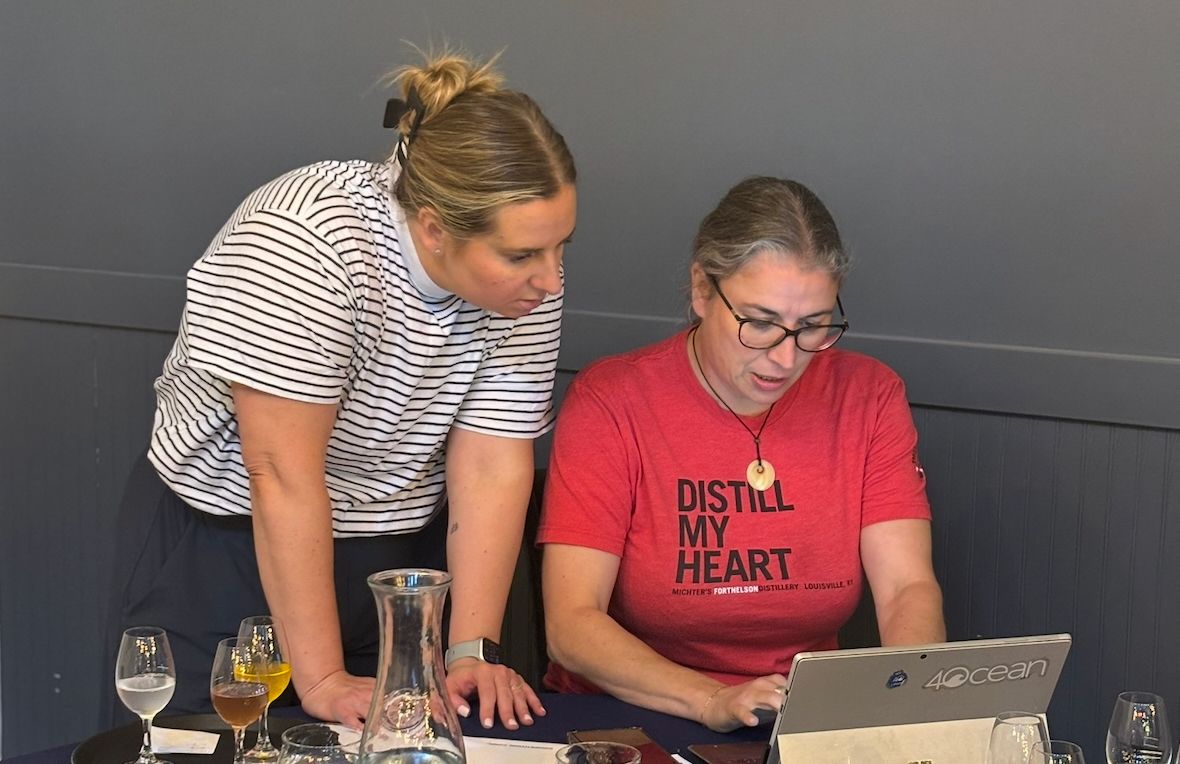“At this stage I shall put my hands up and say that much of my wine joy at the tasting came thanks to Corney & Barrow,” writes McCleery
The day of the 2019 Wines of Chile Tasting in London was particularly stormy; you could see and hear the lightning and thunder from The Boiler House whilst every newsfeed was full of the Supreme Court’s momentous ruling on the suspension of parliament.
It was the sort of atmosphere that sends a body on the hunt for a good news story and for more than a splash of vinous innovation and energy.
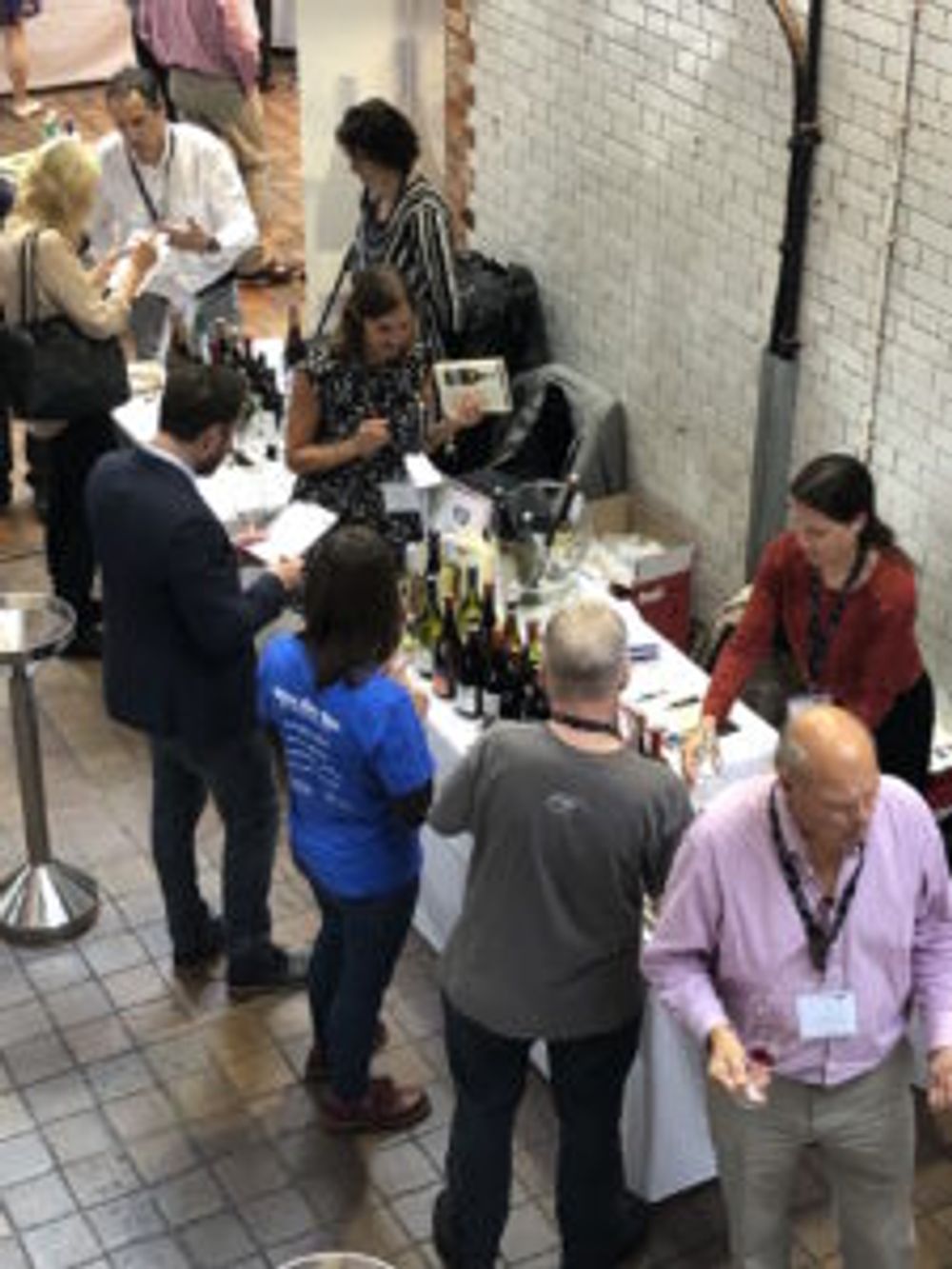
Let’s start with Maturana Wines. Exclusive to Corney & Barrow, this Loncomilla (in the Maule Valley) winery was born from the devastating earthquake in 2010. The Maturana family lost their home and vineyards and had to start again. Previously the chief winemaker at Casa Silva, José Ignacio Maturana decided his new project would be focused on premium, terroir-driven wines made from old vines, organically tended.
José Ignacio packed his bags in 2011 and travelled to Burgundy to work with and learn from the small producers, keen to better understand their methods. Key to his learning was the desire to keep intervention in the winery to a minimum, to allow the fruit to be as expressive as possible in its reflection of terroir and the vintage.
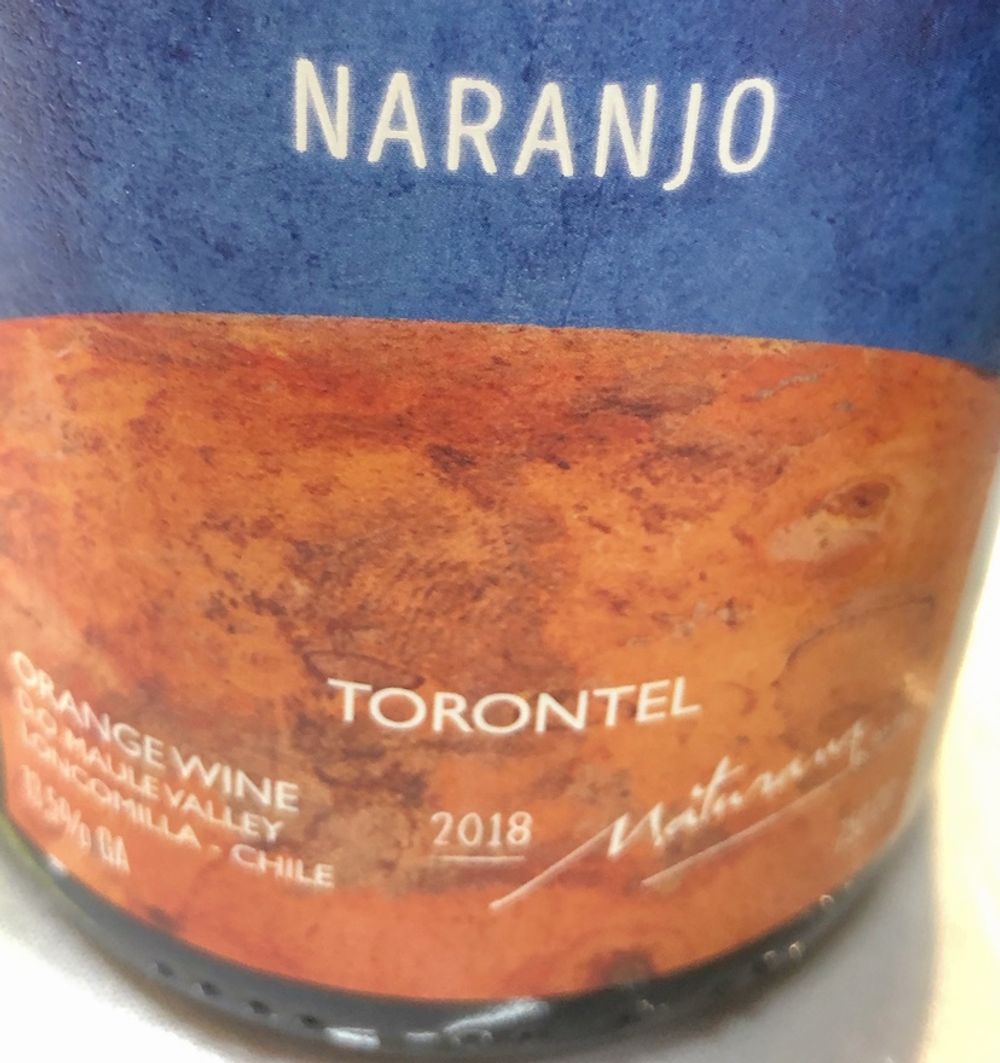
Naranjo Torontel 2019 [aka Torrontés] is a fine orange wine made from fruit sourced from 80-year-old vines. Aromas of spice, pepper and strawberry juice lead to a palate that has impressive drive and complexity. One of the smartest orange wines I have tasted recently at the price (£14.95).
The estate’s dry-farmed Garnacha 2018 is aged for ten months in amphorae and fitted my mood to a tee. It’s harmonious, fresh, generous in its character and brilliantly straightforward. Tinged with clean earth and savoury notes, the intervention may have been minimal but it was judiciously so.
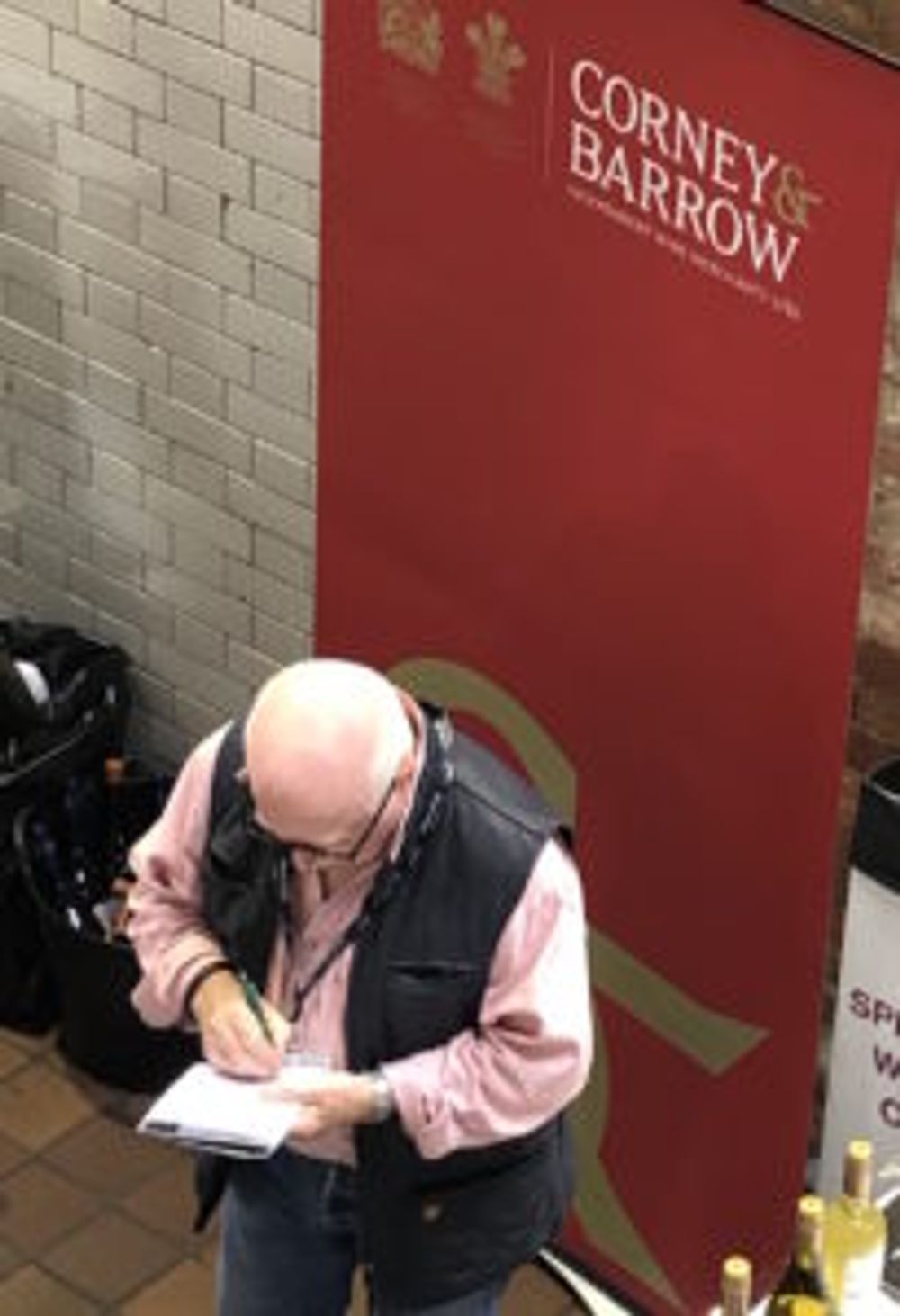
Next up I met the cheeringly smiley Juan Aurelio Muñoz, winemaker at Viña La Ronciere. This estate has been around since the 1940s and they’re making plans to be producing wines for decades more to come. Their Idahue project is located in the costal sub-region of the Curicó Valley where the Orueta family are looking to make cooler, more terroir-driven reds. No ancestral varieties here; the focus is on the French classics.
I was kindly gifted a map of the Idahue vineyards which shows the research that went into detailing the various plots, their specific microclimates and the ancient metamorphic soils. The hard work hasn’t just paid off in terms of the wines, it has also seen the area being awarded its own DO and, since 2018, the wines are all labelled DO Licantén.

The wines are uniformly elegant with appealing freshness and varietal typicity. I was charmed by the Malbec 2017 (pepped up by a dash of Merlot and Cabernet Franc) and Cabernet Sauvignon 2017 (with 8% Shiraz and 7% Cabernet Franc) in equal measure. The mineral, savoury Malbec is available at Corney & Barrow for £13.95.
At this stage I shall put my hands up and say that much of my wine joy at the tasting came thanks to Corney & Barrow. Their Chilean range has been refreshed and the new wines launched in just the last two months. Head wine buyer Rebecca Palmer, was motivated to show what Chile has to offer beyond the standard labels of ‘consistency and value’ and went out to find winemakers who were pushing the limits of what is possible in the country, both philosophically and geographically. It seemed to me that she had succeeded in her brief.
It was all about País next. Talk to some Chilean winemakers about this once widespread variety and you can visibly see their noses wrinkle. However, it’s more than a little unkind to be dismissive of this gift from the Spanish conquistadores. País might not have the A-list quality of Syrah and Pinot Noir but I like its bright, light-footed quality.
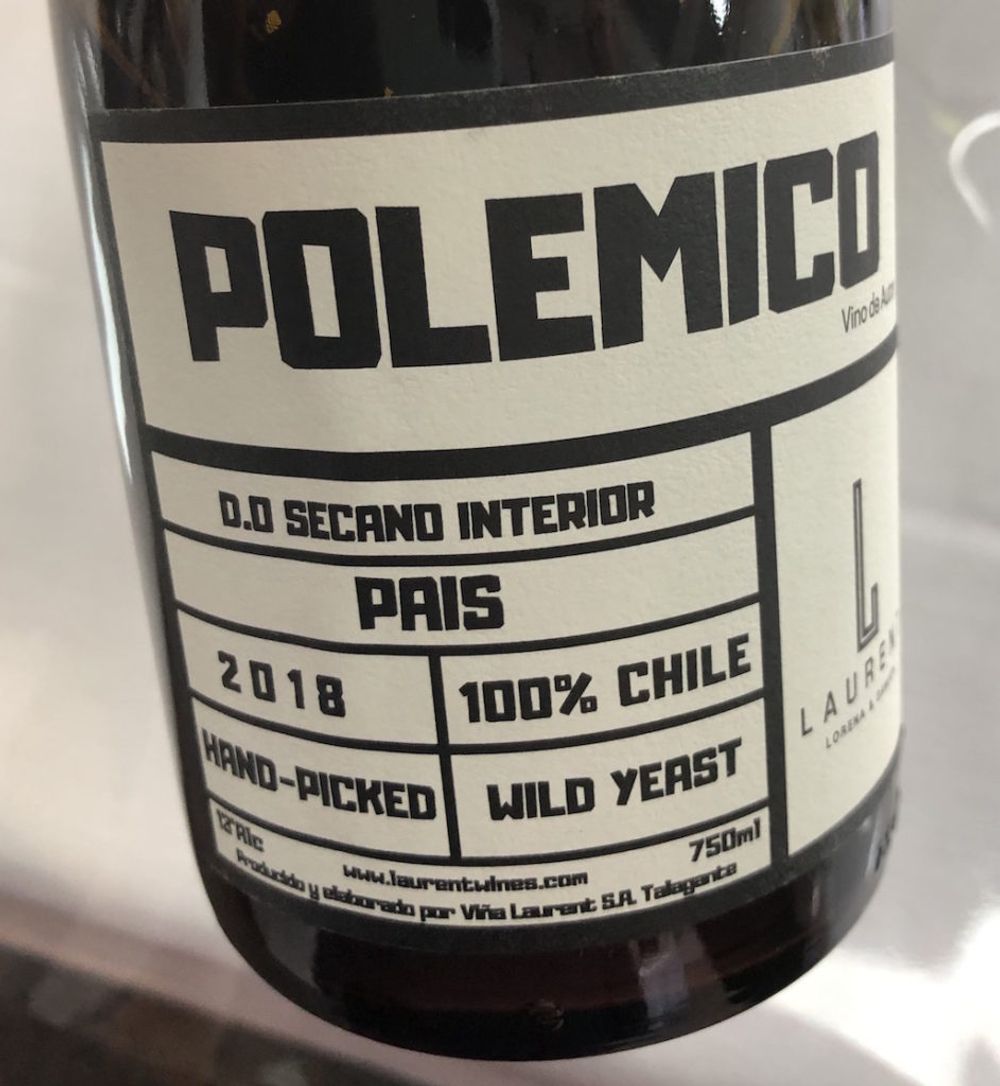
The Polemico País from Viña Laurent is made by Frenchman Damien Laurent and his Chilean wife, Lorena. They planted their first vineyard in 2008 and a modest winery followed in 2011. Made from 150-year-old ungrafted wines in the southern Itata Valley, this is a bold (okay, relatively speaking!) País with a huge amount of appeal. Wild-yeast fermented in open-topped barrels, it has smooth, earthy red fruit, a ripe, juicy-mid palate and just the right amount of crunch. £11.95 from Corney & Barrow.
Pays Viejo from Bouchon is another wine I could easily have brought home (£12, Condor Wines). The 100-year-old-plus vines are head-trained with no trellising – the label gives a fun and helpful illustration of how the grapes are harvested if you’re interested… Fermented in concrete tanks before going straight to bottle, this is a floral, red-fruited charmer that’s a cut above the País average.
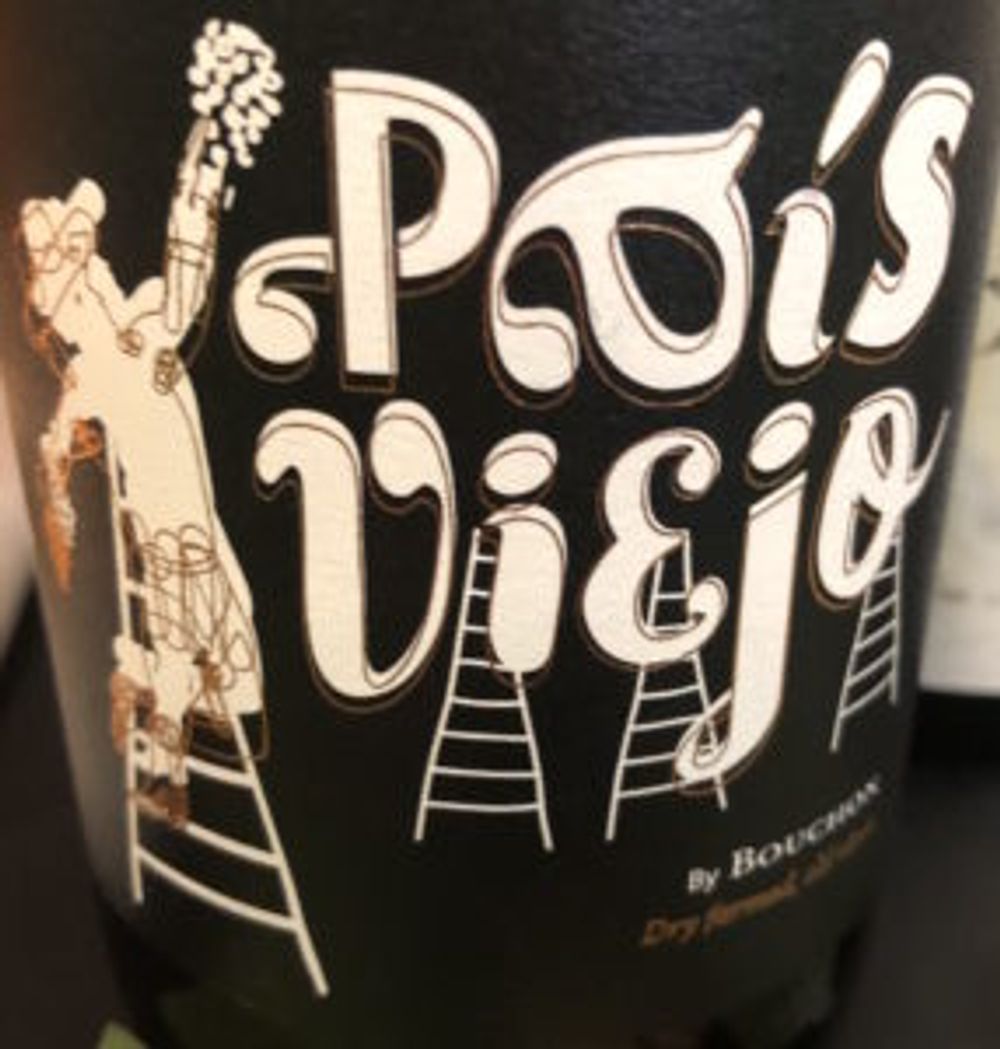
I stepped out onto Brick Lane just as the heavens were unleashing another torrential downpour from a black sky. Taking shelter in a nearby alcove I checked the newsfeed and saw a ‘displeased’ HRH, a range of politicians looking anything from smug and victorious to weary and/ or harassed. In that moment, had someone given me a one way ticket to Chile with a País rootstock, I would have been off like a shot.




